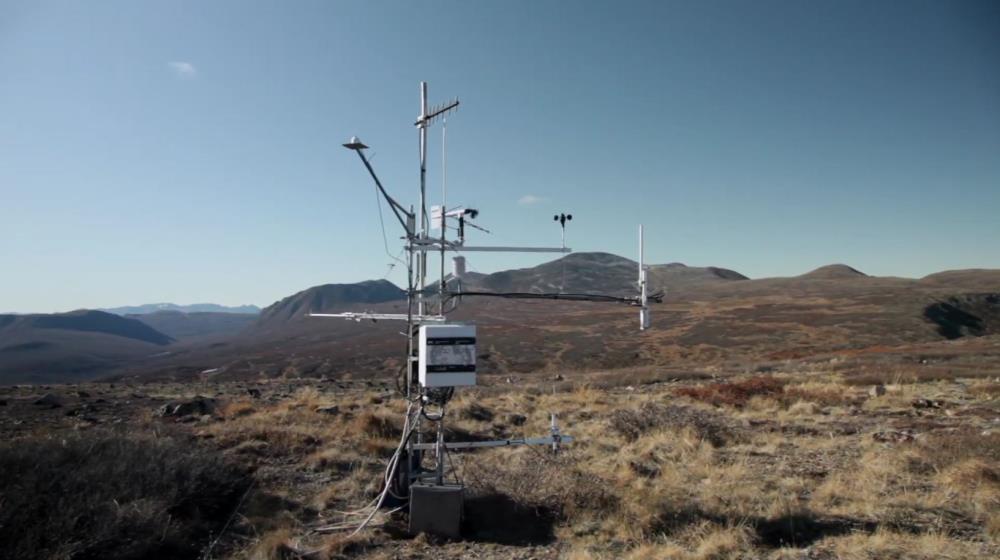
Related items loading ...
Section 1: Publication
Publication Type
Journal Article
Authorship
Mitchell, A., E., Stainsby, A., Morrissey, C., A.
Title
Increased avian bioacoustic diversity without lost profit after planting perennial vegetation in marginal cropland
Year
2025
Publication Outlet
Agriculture, Ecosystems & Environment Volume 388, 15 August 2025, 109663
DOI
ISBN
ISSN
Citation
Abstract
Expansion of arable cropland and intensification of agriculture has driven substantial losses of habitat, biodiversity, and ecosystem services. Balancing biodiversity conservation and environmental priorities with farm economics and food production is particularly challenging. However, many areas of crop fields contain marginal areas (e.g., wet or saline soils) that produce inconsistent and low crop yields. These suboptimal growing areas may be ideal targets for perennial restoration to address biodiversity conservation goals without reducing crop yield and profitability. We tested the value of restoring marginal areas within crop fields growing primarily canola, cereal, and legume crops in Saskatchewan, Canada. The objective was to identify changes in acoustic soundscapes of biodiversity and associated crop yields and profitability over three years following the conversion. Using prior-year yield maps and knowledge of the field topography, participating producers converted an average of 17.6 % (range 3–48 %) of cropland to perennial vegetation near marginal low yielding wetlands and/or saline areas, and these were compared to matched nearby reference fields that were cropped as usual. From 2019–2022, autonomous recording units (ARUs) recorded over 2450 hours of environmental soundscapes in treatment (n = 20) and reference (n = 30) fields. After controlling for crop type, time of day, year, and the amount of non-crop land, four bioacoustic diversity indices — (bioacoustic index (BIO), acoustic complexity index (ACI), acoustic diversity index (ADI), and normalized difference soundscape index (NDSI)) — all significantly increased in the treatment fields relative to reference fields, with the most substantial increases from the first to second year after planting. Total field level crop yields were, on average, 14 % lower in treatment fields; however, profitability did not significantly differ from reference fields. This suggests that restoring marginal areas within cropland adds landscape and habitat complexity to support biodiversity and is a promising solution to provide environmental, economic, and agronomic benefits in agriculture.
Plain Language Summary


 GWFNet
GWFNet Master
Master Data
Data Research
Research Map
Map
 Advanced
Advanced Tools
Tools
 . . .
. . .
 Metadata Editor
Metadata Editor
 Record List
Record List
 Alias List Editor
Alias List Editor
 Legacy sites
Legacy sites